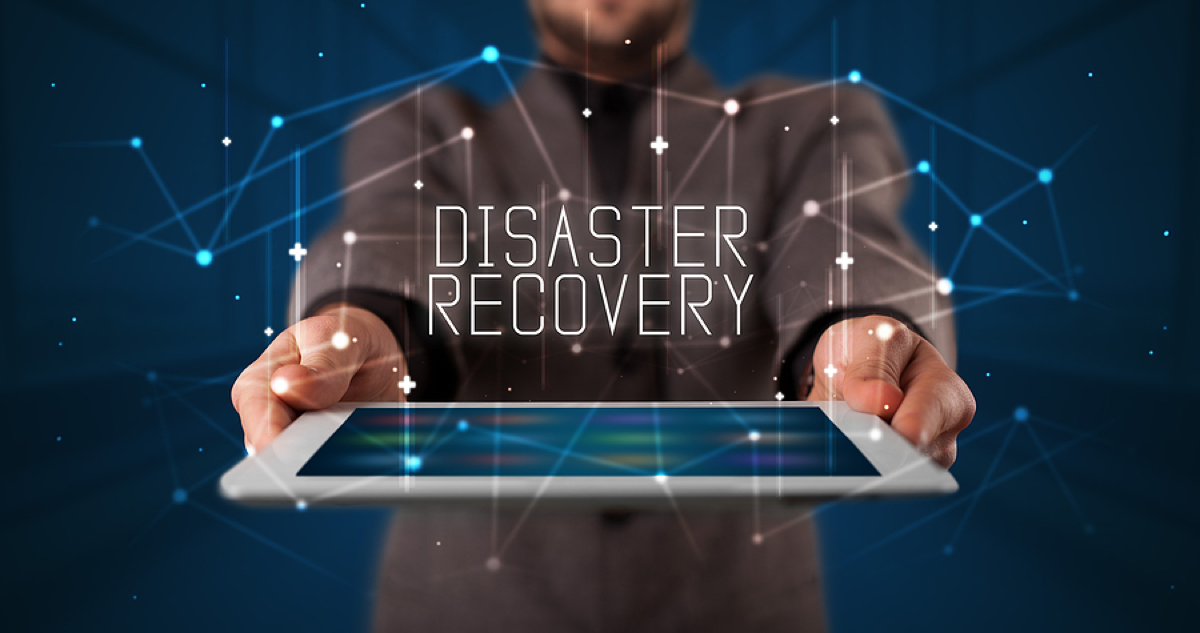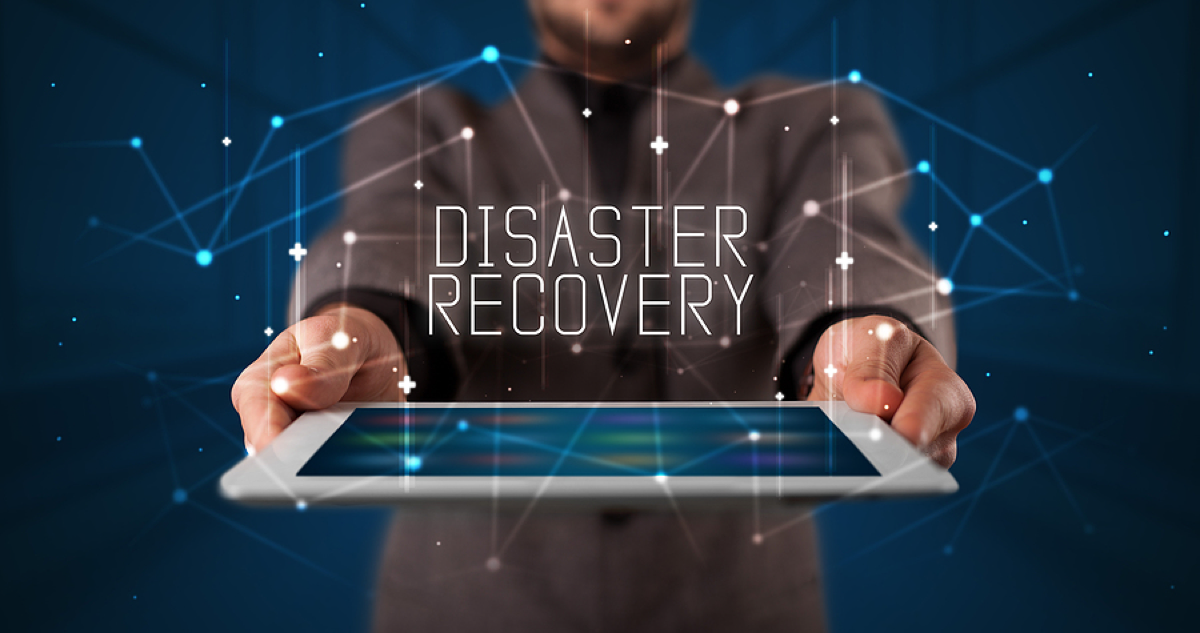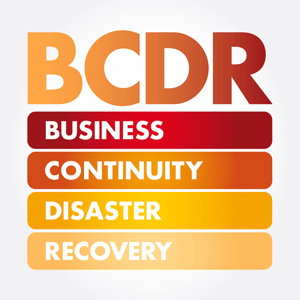Recovery Point
|
3 min read
July 2020
Disaster recovery plan: 10 keys to rapid recovery and productivity

A fire destroys your building. An earthquake knocks out power to large portions of your region. An equipment failure takes your database offline.
Whatever type of disaster disrupts your business operations, you need a disaster recovery plan that will enable your team to be productive again as quickly as possible.

As you develop your disaster recovery plan, consider these key points:
- Build your plan around a modern backup system. A backup system alone won’t be sufficient, but it is the cornerstone of a solid disaster recovery plan. You need to start with a system that makes backups seamless and can restore your data as quickly as possible.
- Plan for more than one type of natural disaster. You may live in an area affected by hurricanes, so those dominate your thinking as you plan for disaster recovery. However, you could instead face a fire. Much of your planning will be the same regardless of why your systems are unavailable. However, keep in mind that customers are more forgiving when your business is affected by a large-scale disaster that also knocks out businesses in the surrounding area. If your whole region evacuates due to a hurricane, your customers will be worrying more about their own businesses than about your performance. A more localized disaster that affects only your business, however, creates more pressure to get back up and running quickly. Considering different types of disasters will also inform whether your systems should be hosted on site or at a data center.
 Work to prevent equipment failures. Natural disasters aren’t the only problem your disaster recovery plan needs to address. All equipment will eventually fail, so your plan needs to account for that possibility as well. The first step, of course, is to be sure you have up-to-date equipment and look at the MTBF rating. (MTBF stands for mean time between failures, and it estimates how long a given piece of equipment is likely to function before failing.) You also need to find out how long it would take to replace vital equipment and consider keeping replacements on site.
Work to prevent equipment failures. Natural disasters aren’t the only problem your disaster recovery plan needs to address. All equipment will eventually fail, so your plan needs to account for that possibility as well. The first step, of course, is to be sure you have up-to-date equipment and look at the MTBF rating. (MTBF stands for mean time between failures, and it estimates how long a given piece of equipment is likely to function before failing.) You also need to find out how long it would take to replace vital equipment and consider keeping replacements on site.- Document your systems. Make sure you have documentation of the configurations of all the devices used to manage your IT infrastructure — along with a complete list of the people who know how to manage each device.
- Protect your systems against bad actors. Although most people think first of natural disasters when thinking about disasters, many system outages are caused by people – either employees or outsiders. Ransomware is a key example, but rogue employees or outsiders trying to break in can cause other problems as well. Be sure your plan provides a provision for intrusion prevention.
- Make backup manufacturing plans. If you’re in the manufacturing business, what happens if you cannot manufacture your products because your production lines have been destroyed in a disaster? If you have more than one plant, you may be able to shift manufacturing to your other locations. You might also be able to outsource your manufacturing until your plant is back in business. Consider where that might be possible, and what material and information the other plant would need.
- Consider setting up a hot site. If you will need temporary office space – and simply sending employees home to work for a time isn’t an option – look into hot sites, offices that are already set up and can be rented temporarily.
- Include communications in your plan. In a disaster, how will you let your employees know whether to come to work? Is it clear who will make that decision and communicate it to the different departments? Who will tell your customers about the status of your business? Do you know how to forward phone calls that come into your main line? It is stressful to deal with a disaster, and having to create a communications protocol at the same time is even more difficult. Creating a communications plan ahead of time will make everything go more smoothly.
- Get agreement on your recovery plan. Make sure everyone in charge of operations at your company agrees that your plan makes sense and is complete. This disaster recovery planning team is an important element to ensure your plan is complete and you have the people who know how to marshal the resources to recover quickly.
- Build in flexibility. It’s helpful, as you’re writing a disaster recovery plan, to consider specific scenarios. But it may turn out that instead of the hurricane you had planned for, you’re faced with a pandemic. It’s important to have a plan that addresses key issues in a flexible way.
The bottom line: Creating a disaster recovery plan will help your business after a disaster – and the planning process will likely improve the day-to-day operations of your business even when there is no disaster.
Learn about disaster recovery planning and the best methods to ensure your IT system is robust and developed to perform well under any adverse condition by reading our eBook titled "Seven Key Factors for IT System Success."



